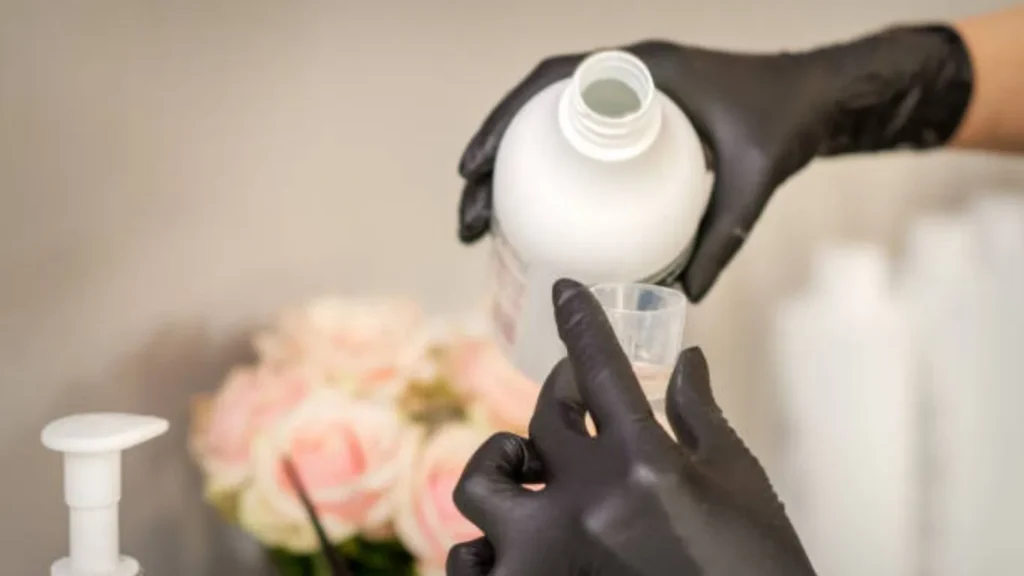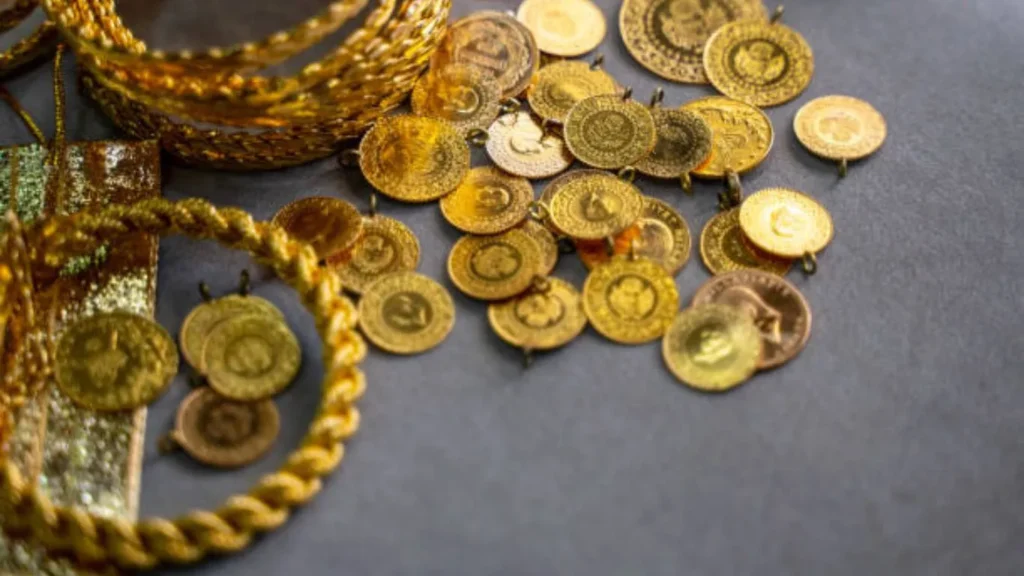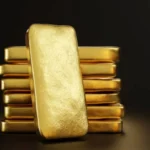Key Takeaways
- You can test gold at home using common household bleach — but you need to handle it carefully.
- Real gold won’t react to bleach, while fake or gold-plated metals will tarnish, change color, or disintegrate.
- Always clean and dry your jewelry first before testing, and use gloves and good ventilation.
- This simple method gives a quick clue about authenticity, but it’s not foolproof — for 100% certainty, professional testing is still best.
Ever wondered if that shiny chain or ring in your drawer is real gold? Here’s a surprisingly simple way to find out using something you probably already have at home — bleach. Real gold doesn’t react to bleach at all, but fake gold or gold-plated pieces usually tarnish, darken, or even bubble after a few minutes. To try it, clean the item, place it on a white surface, and carefully add a drop of bleach. Watch closely — if nothing happens, your gold might just be genuine. But if you see discoloration or corrosion, it’s likely not the real deal. Just remember, bleach is strong stuff, so wear gloves and rinse everything well afterward.
Gold, with its timeless allure, has always captivated individuals seeking ways to test its authenticity. Amid various DIY methods, the use of bleach for testing gold has emerged as a popular yet controversial approach. In this comprehensive guide, we’ll delve into the science behind gold testing, explore the myths and realities of using bleach, and highlight the risks and limitations associated with this DIY method.
Understanding Gold Purity
Before delving into testing methods, it’s crucial to understand gold purity, typically measured in karats. Pure gold is 24 karats, and the karat value indicates the proportion of gold in an alloy. Accurate testing is essential for assessing the value and authenticity of gold.
The Bleach Myth: A Closer Look

One prevalent DIY method suggests that bleach can be used to test gold at home. Proponents claim that the reaction between gold and bleach can provide insights into its purity. However, it’s essential to examine the science behind this method and address its limitations.
Myth vs. Reality: Testing Gold with Bleach
The Reaction: Myth
Myth: Bleach, when applied to gold, is believed to cause a reaction that can indicate the metal’s purity.
Reality: While bleach can react with certain metals, the observed reaction is unlikely to provide accurate information about gold purity. Gold is a noble metal, meaning it is resistant to corrosion and does not react readily with common chemicals.
Color Changes: Myth
Myth: Changes in color observed during the bleach test are thought to reveal information about gold purity.
Reality: Any color changes are likely due to factors other than the gold’s intrinsic purity. Bleach can react with impurities or alloying metals, affecting the overall appearance without indicating accurate information about the gold.
Surface Appearance: Reality
Reality: Bleach can impact the surface appearance of gold. However, this is a physical change and does not provide insights into the metal’s inherent purity.
Professional Gold Testing Methods

While the allure of DIY tests is understandable, professional testing methods are essential for accurate results. Here are some reliable methods used by professionals:
Acid Testing Kits:
Professional acid testing kits contain specific acids, such as nitric acid and hydrochloric acid, with known concentrations. These acids react with metals differently, helping determine gold purity based on the observed reactions.
Density Testing:
Density testing involves measuring the weight and volume of a gold item to calculate its density. Pure gold has a specific density, allowing professionals to estimate its purity.
X-Ray Fluorescence (XRF):
XRF is a non-destructive method that uses X-rays to determine the composition of a material. This technique is highly accurate and is commonly used in professional settings.
Fire Assay:
Fire assay is a traditional method involving the melting of gold and separating impurities. While it’s precise, it is time-consuming and requires specialized equipment.
Why Bleach Falls Short

Lack of Specificity:
Bleach lacks the specificity needed to accurately assess gold purity. Professional testing solutions are carefully formulated for precise reactions with gold and other metals.
Superficial Changes:
Any observed changes, such as color alterations, are likely superficial and may result from the interaction between bleach and impurities or alloying metals.
Potential Damage:
Bleach is a corrosive substance and can potentially damage the surface of gold items. This can impact the appearance and value of the gold.
Risks and Limitations
While testing gold with bleach at home may seem intriguing, it’s important to consider the risks and limitations:
Inaccuracy:
Bleach reactions do not provide accurate information about gold purity, leading to potentially misleading conclusions.
Surface Damage:
Bleach is corrosive and can potentially damage the surface of gold items, impacting their appearance and value.
Lack of Consistency:
DIY tests lack the consistency and precision of professional methods, increasing the likelihood of inaccurate results.
Conclusion: Navigating the Gold Testing Maze
As we navigate the fascinating realm of gold, it’s crucial to rely on proven and accurate methods. The bleach testing , while a popular DIY approach, falls short when it comes to testing gold. The myths surrounding its effectiveness highlight the importance of using professional testing kits and consulting with experienced jewelers or appraisers for reliable results.
The centuries-old allure of gold continues to captivate, and as we unravel its mysteries, let’s embrace the precision of science and expertise. Whether you’re a collector, investor, or simply curious about the authenticity of your gold items, trust in the established methods that stand the test of time and scrutiny. After all, when it comes to gold, accuracy is as precious as the metal itself.
(FAQs) on Testing Gold at Home with Bleach
While some people suggest using bleach for testing gold at home, it’s not a reliable method. The reaction between gold and bleach is not specific to gold purity and can be influenced by impurities and alloying metals.
The bleach test involves applying bleach to a gold item and observing any changes, such as color or reaction. However, these changes are more likely to be superficial and not indicative of the gold’s true purity.
Yes, there are risks. Bleach is a corrosive substance that can potentially damage the surface of gold items. Additionally, the observed changes may not provide accurate information about the gold’s purity.
No, the bleach test lacks the specificity required to accurately determine the karat of gold. Professional testing methods, such as acid testing or density testing, are more reliable for assessing gold purity
Color changes observed during the bleach test are likely superficial and may not accurately reflect the gold’s purity. Professional testing methods provide more accurate and precise results.



GIPHY App Key not set. Please check settings